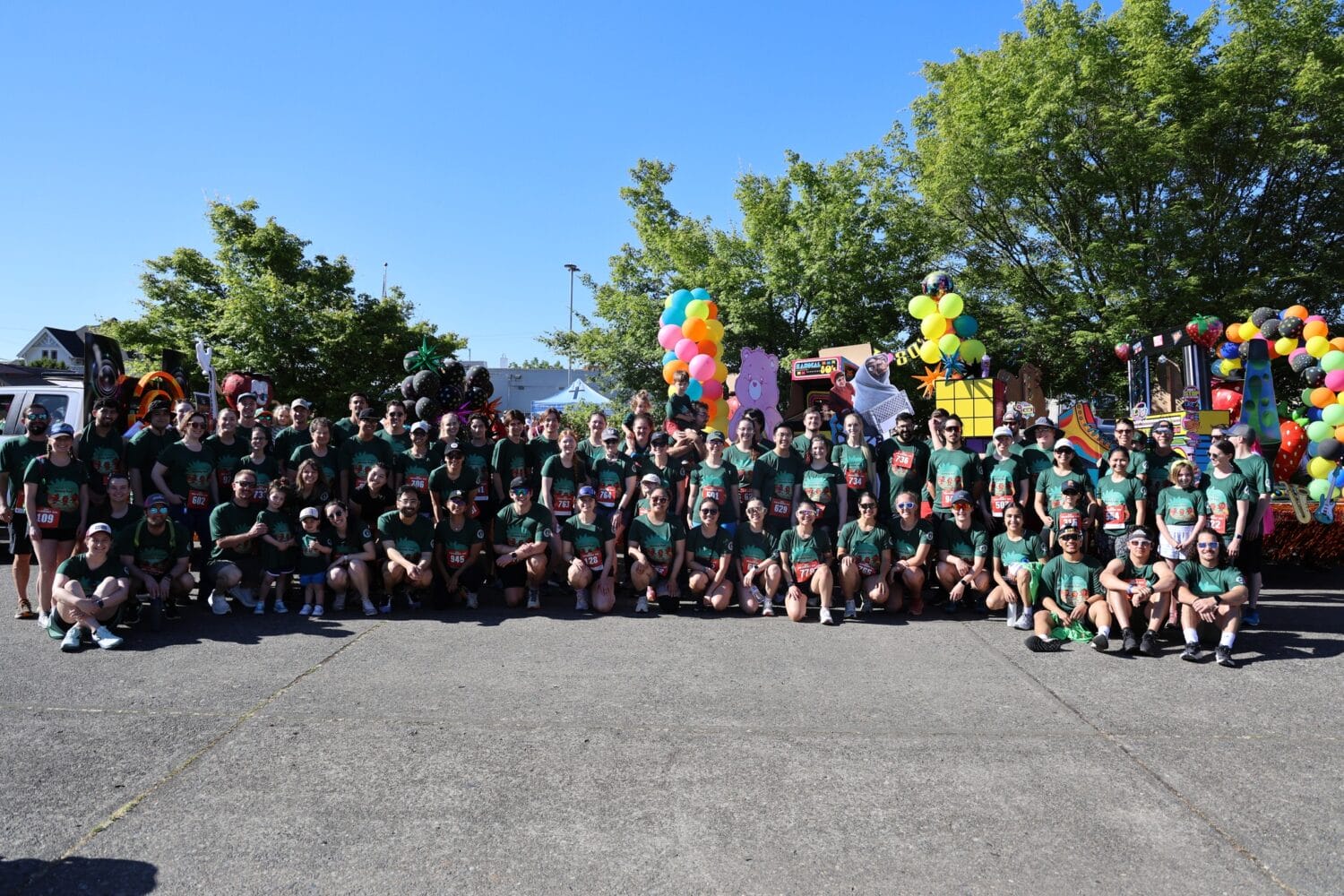COMP Professors Co-author Vital Osteopathic Medicine Textbook
Western University of Health Sciences College of Osteopathic Medicine of the Pacific (COMP) faculty are helping to shape the future of osteopathic medicine.
Several COMP faculty members contributed to the third edition of the Foundations of Osteopathic Medicine textbook, now available through publisher Lippincott Williams & Wilkins. The textbook, sponsored by the American Osteopathic Association, is required for first-year osteopathic medical students throughout the U.S.
“The purpose of the book is to document the foundations of the osteopathic profession in terms of its philosophy, history, basic science, clinical sciences, osteopathic manipulative treatment, approach to research and its future,” said Michael A. Seffinger, DO, FAAFP, COMP Associate Professor, Family Medicine/Osteopathic Manipulative Medicine and Chair of the Department of Neuromusculoskeletal Medicine/Osteopathic Manipulative Medicine.
Dr. Seffinger contributed to the book along with COMP faculty members Ray Hruby, DO, MS, FAAO, Rebecca Giusti, DO, Jesus Sanchez, DO, MSHPE, Marcel Fraix, DO, Mary Anne Morelli Haskell, DO, and Natalie Nevins, DO, MSHPE.
This edition features expanded coverage of international practice and includes a new chapter on the structure of the profession. Other new chapters include coding and billing and nutrition.
The first edition of Foundations came out in 1995, and the second edition came out in 2003. Seffinger served as section editor on “Overview of the Osteopathic Medical Profession” for the third edition, which includes osteopathic philosophy, osteopathic history, and how to become an osteopathic physician.
“The book begins with the philosophy of osteopathic medicine,” Dr. Seffinger said. “The primary foundation of the profession is its philosophy. That’s why we want to start the book with that.”
Chapter 3 explains how to become a DO and features a COMP student, Lynsey Drew, DO ’09, receiving her academic hood at graduation from her husband and daughter. The photo illustrates the changing demographics of the medical profession. The chapter also describes how DO students are trained, educated and regulated.
“It shows students a roadmap of where they’re going to walk,” Dr. Seffinger said.
Osteopathic medicine has gone international, so Chapter 4 delves into the international spread of the profession.
Half of the book is about osteopathic manual approach to diagnosis and treatment. Problem-based chapters discuss how DOs apply the philosophy of basic science and clinical science. The last section, Part V, examines approaches to osteopathic medical research, and the book ends with a glossary of terminology.
“All first-year osteopathic medical students need this book, but it can be used throughout all four years and in clinical practice,” Dr. Seffinger said.
The textbook is available on the LWW’s website, Amazon.com and the WesternU Bookstore.



